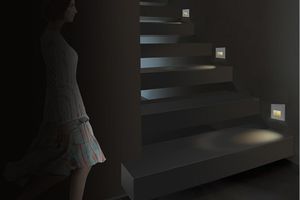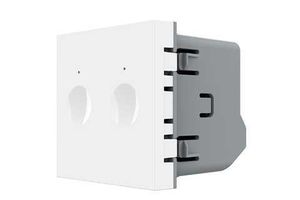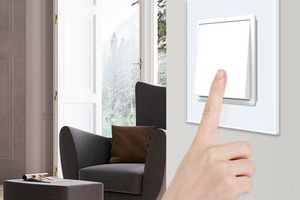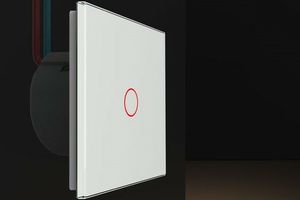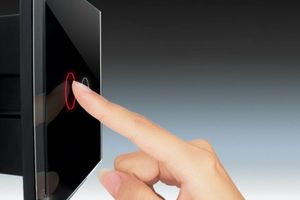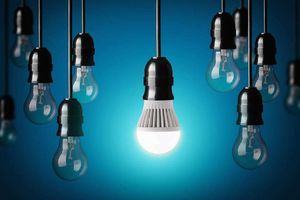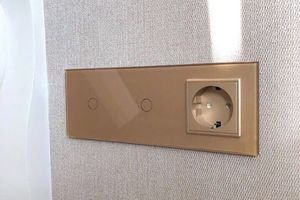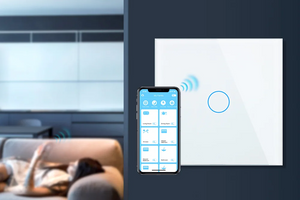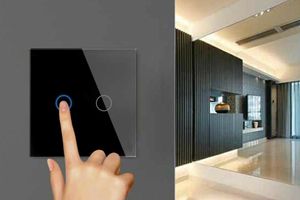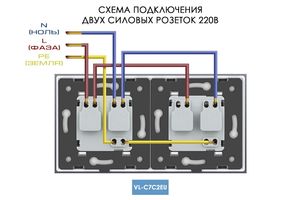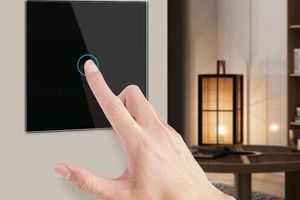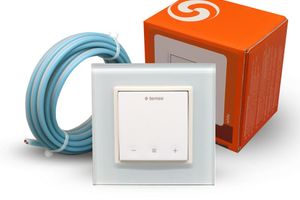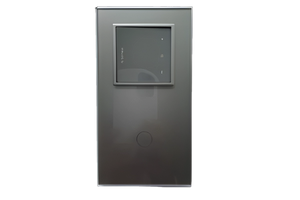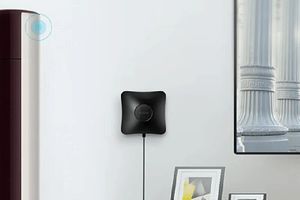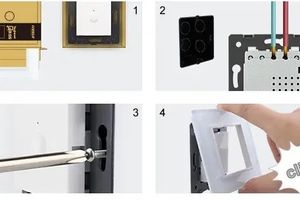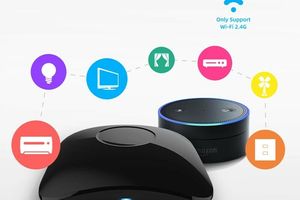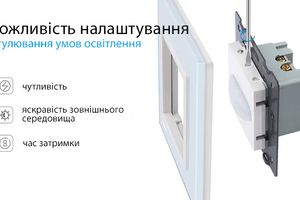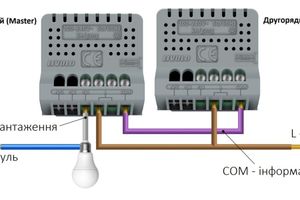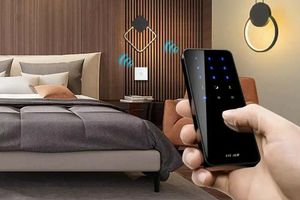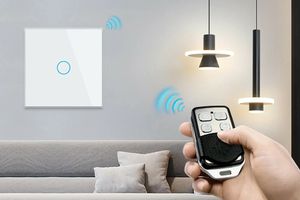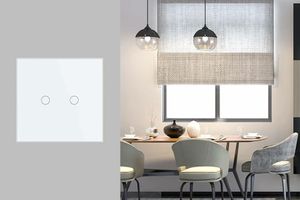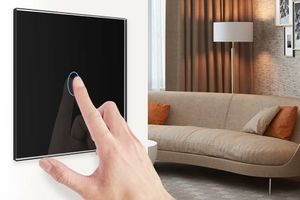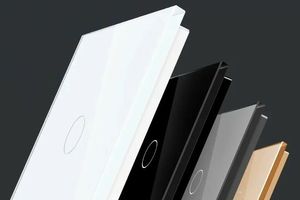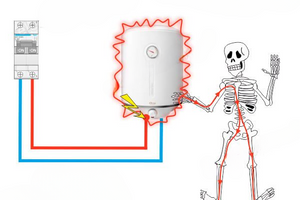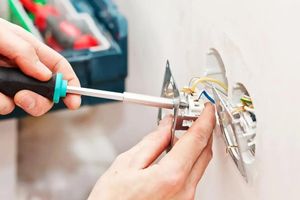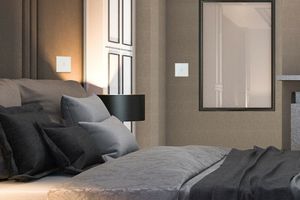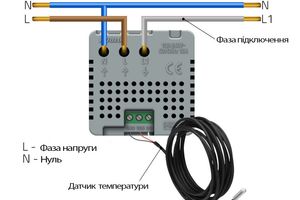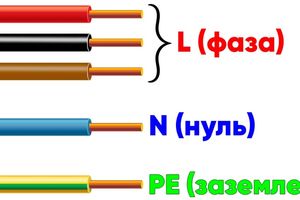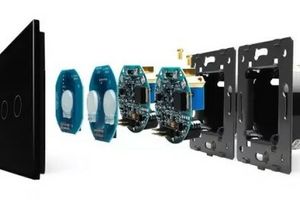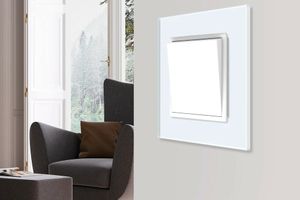When performing repairs and setting up electricity in a home or office, switches and outlets are essential. However, it's crucial to ensure a safe environment. Choosing the wrong outlet can not only negatively impact the performance of connected devices but also risk a short circuit or even a fire.
Therefore, it’s essential to understand how to choose an outlet that is both functional and safe. In this article, we’ll cover the main points to consider when selecting electrical fixtures for your home or office.
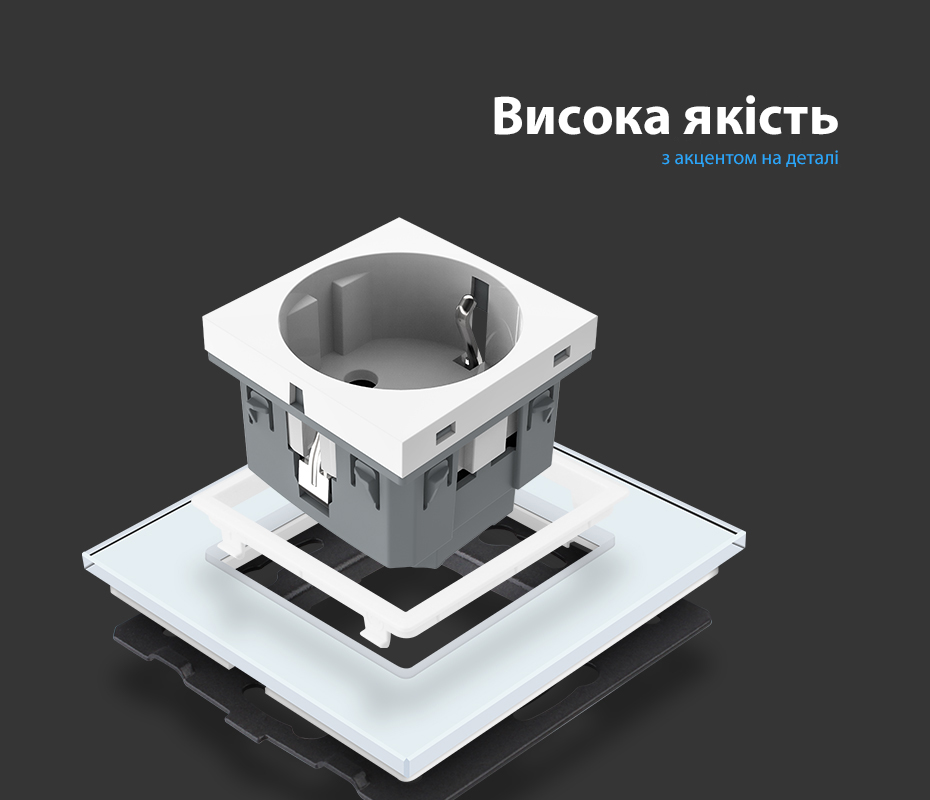
Load on the Electrical Network
The first and one of the most important principles when choosing outlets is matching the power requirements of connected devices. Each model is designed for a specific electrical load. Standard household outlets are typically rated for 10 or 16 A.
If you plan to connect high-power household or office appliances, it’s best to find models rated for maximum load capacity. Why is this important? If a device consumes more power than the outlet can provide, it can lead to overheating of the wiring, melting of contacts, and eventually a short circuit.
It’s essential to assess the total power of all devices that will be connected through the outlet and select a model capable of withstanding those loads.
Quality of Manufacturing Materials
Another important criterion is the quality of the material used to make the fixture. Cheaper options might be made from low-grade plastic, which affects the product’s lifespan and increases the risk of overheating.
A quality model should be made from durable, heat-resistant material. It's also advisable to pay attention to the internal metal contacts, which should preferably be made of copper or bronze. These metals conduct electricity well and minimize energy loss.
Presence of Grounding
When choosing an outlet for your home, grounding is essential. It protects people from electric shock in the event of a malfunction or short circuit. Grounded outlets have a special third contact that ensures safe connection of devices, especially those with metal casings (such as refrigerators, washing machines, and electric ovens).
Be sure to check for this contact when purchasing, particularly if the outlet is intended for connecting large or high-powered electrical appliances.
Device Type
The modern electrical fixture market offers a wide range of outlets, allowing each customer to choose the option that best suits their needs.
If you're unsure how to choose an outlet, consider seeking help from the Livolo online store. They offer a great selection and professional service to help you find the right model.
Degree of Protection from Moisture and Dust
When selecting a device for installation in areas with high humidity (such as a bathroom or kitchen), it's essential to consider its protection level. This also applies to spaces where dust exposure is likely, such as workshops, garages, sheds, and storage rooms.
How to choose outlets for the kitchen? Simply look at the special IP rating, which indicates the level of protection against moisture and dust. The higher the rating, the better. A standard model has a protection level of IP20, but this is insufficient for humid or dusty areas. It’s better to choose products with an IP40 rating.
Such devices feature protective covers or seals to prevent water or dust particles from entering the casing.
Additional Features
Modern outlets are often equipped with extra features that enhance their functionality. Some models include built-in overheating protection, while smart outlets may come with motion sensors and timers for automatic shutdown.
These features are practical and useful, as they allow for better control of connected devices, prevent overheating or overcharging, and help save on electricity consumption.
Many models may also have additional ports, such as:
Having these features allows you to connect devices directly, without needing power adapters or converters. This is especially convenient if multiple devices need to be connected simultaneously. Additionally, many outlets come with integrated switches. This saves you the trouble of matching designs, as you'll have a ready-made set in hand.
Safety
If there are children in the home, it's important to prioritize outlet safety. You can use special outlets with protective shutters that prevent children from electric shock and keep foreign objects out of the outlet. For standard outlets, removable covers are a sufficient safety measure.
Ease of Installation and Maintenance
When considering how to choose outlets for your apartment, it’s important to think about the ease and convenience of installation. Some outlets require special skills, and only an experienced electrician can handle them. Others can be installed by yourself using the provided instructions.
It's also important to pay attention to the possibility of replacing individual parts of the outlet (such as the frame or cover). This can be helpful if they get damaged or if you decide to change the interior design.
Choosing the right outlet is not only about aesthetics or convenience but also about the safety of your home and the health of its inhabitants. Therefore, it’s crucial to carefully consider how to select outlets and switches that are both beautiful, functional, and safe.
The modern range of products allows you to focus not only on technical characteristics but also on appearance. You can buy outlets in different colors and designs, ensuring they blend perfectly into your interior. Built-in models can even become virtually invisible. You can choose outlets with one, two, or three sockets, depending on your needs, with additional features or without.
If you're interested in brands, among many manufacturers, we recommend checking out Livolo products. They are known for reliability, a high level of safety, and are made from high-quality plastic. These devices are installed in standard electrical boxes, making their installation as simple and convenient as possible.
Considering all the above recommendations, you’ll be able to choose a good, high-quality device that will serve you well for a long time, won’t damage your equipment, and will protect your home from potential emergency situations.























































